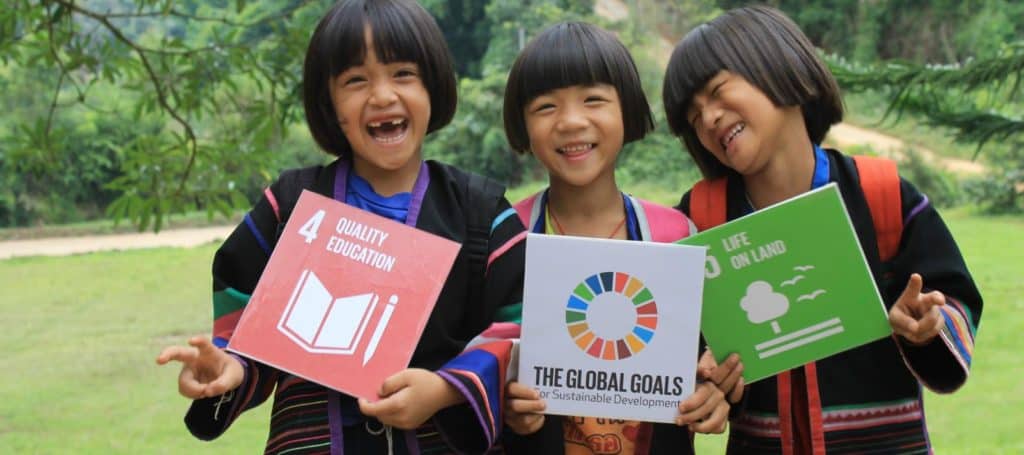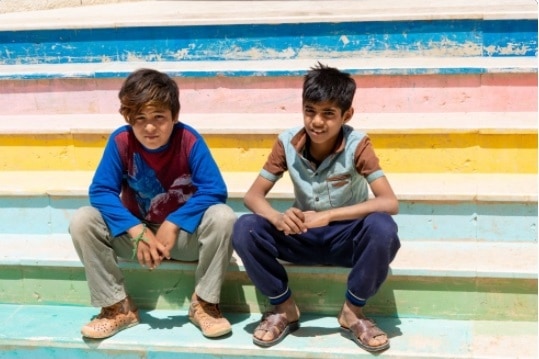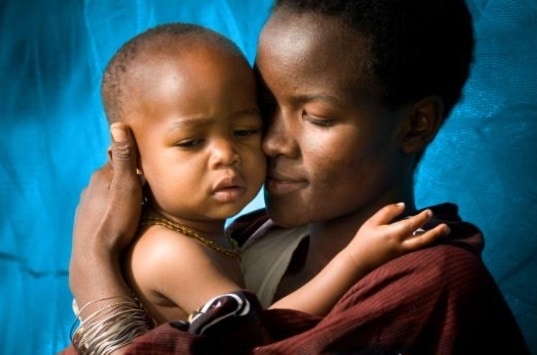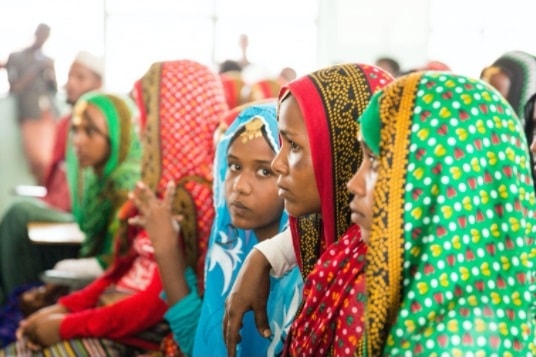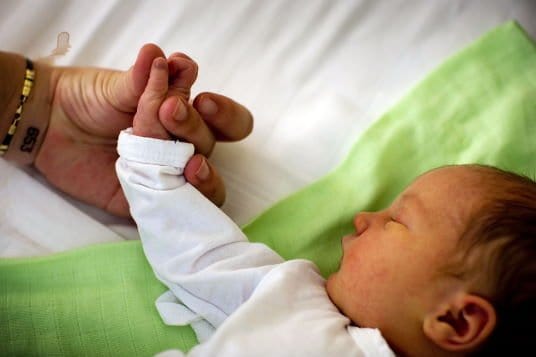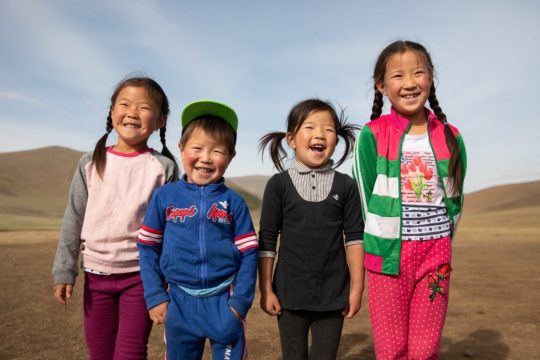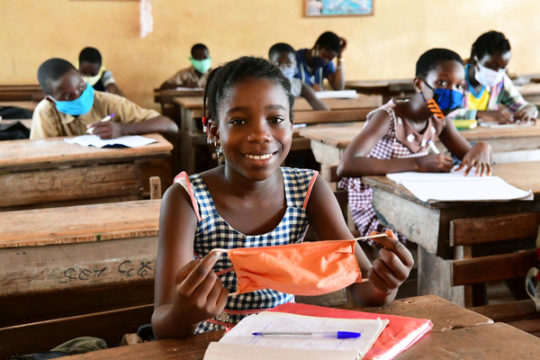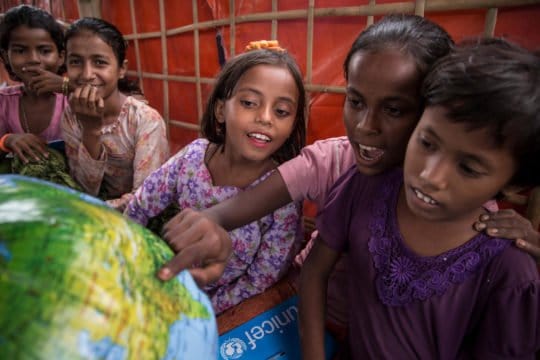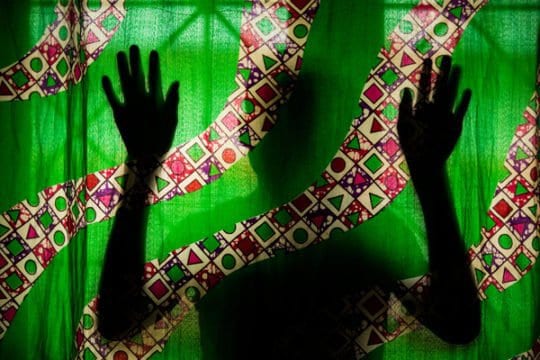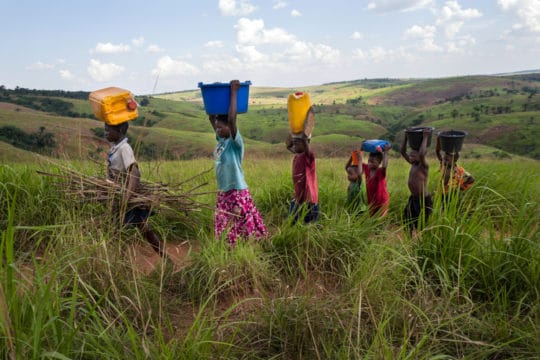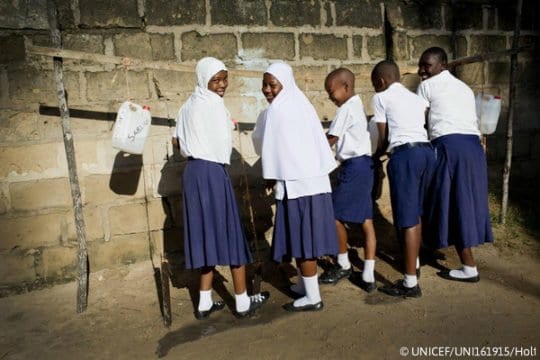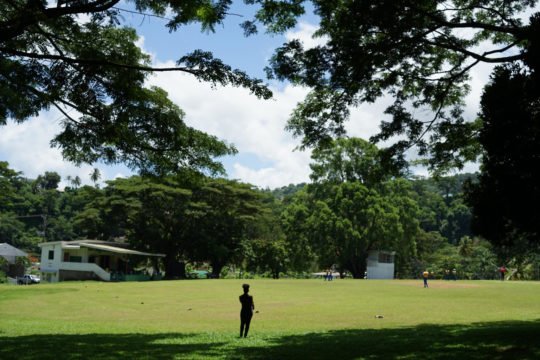Using data to achieve the
Sustainable Development Goals (SDGs) for children
The SDGs are universal in scope, and their call to leave no one behind puts the world’s most vulnerable and marginalized people – including children – at the top of the agenda.

SDG country profiles
Progress on children’s well-being
Despite remarkable advancements in several areas of development, millions of children around the world continue to face the harsh realities of poverty, inequality and social exclusion. And due to limited data availability, there is much that remains unknown about how close or far we are from reaching the 48 child-related SDG targets: On average, national-level data are available for only half of these indicators. In high-income countries, there is a greater lack of child-related data that meet international standards when compared to data quality in low-income countries, in part because most monitoring in high-income countries relies on country-specific administrative data systems. This twofold problem – a widespread lack of data availability combined with a lack of quality data – compromises our ability to track children’s progress and identify the children being left behind.
To realize the SDGs for children, swift action must be taken. Today, approximately one in three child-related SDGs have either been met or are on track to be met (i.e., more than 50 per cent of their target value has already been accomplished). By 2030, only one in four children will live in countries where 70 per cent of the child-related SDG targets will be met. If recent progress continues, only 60 countries – home to just 25 per cent of the child population – will have met their targets by 2030, leaving around 1.9 billion children in 140 countries behind.
Two in three child-related SDGs require acceleration or are currently not being monitored. Today, a child born in a low-income country is seven times more likely to live in a country where child-related SDGs require acceleration than a child born in a high-income country. An estimated 150 million children – 6 per cent of the child population – live in 11 countries where 50 per cent of child-related targets have been met – which, is in fact, the highest level of achievement globally.
Many countries are getting closer to meeting the SDGs for children
Change is happening. The latest analysis presented in the report Progress on Children’s Well-being: Centring child rights in the SDG Agenda presents analysis on more than 20 years of data from more than 190 countries across 48 indicators. The result is a comprehensive assessment that shows that the advancement of child rights and the systematic improvement of child well-being is possible. Though not equally distributed between or within countries or across indicators, improvements are noticeable in certain areas. A significant number of countries with available data have displayed progress above national, regional or global averages. This recent progress must be contextualized, however, against distance to targets and the need to maintain and sustain achievement. Slow or fast, progress based on recent performance reflects each individual country’s initial conditions, national priorities, financing, ambition and commitments. To view a detailed progress assessment on how countries are performing that includes both historic progress as well as distanced required to meet the SDG targets, access our SDG country profiles.
Country support and guidance for measuring the SDGs
Browse the data on all child-related SDG indicators
UNICEF is the world’s leading source of data on children and maintains databases of hundreds of international valid and comparable indicators. With such a wealth of information available, the Data Warehouse has been designed to allow easy access to those indicators across a range of countries, with some datasets spanning back decades.
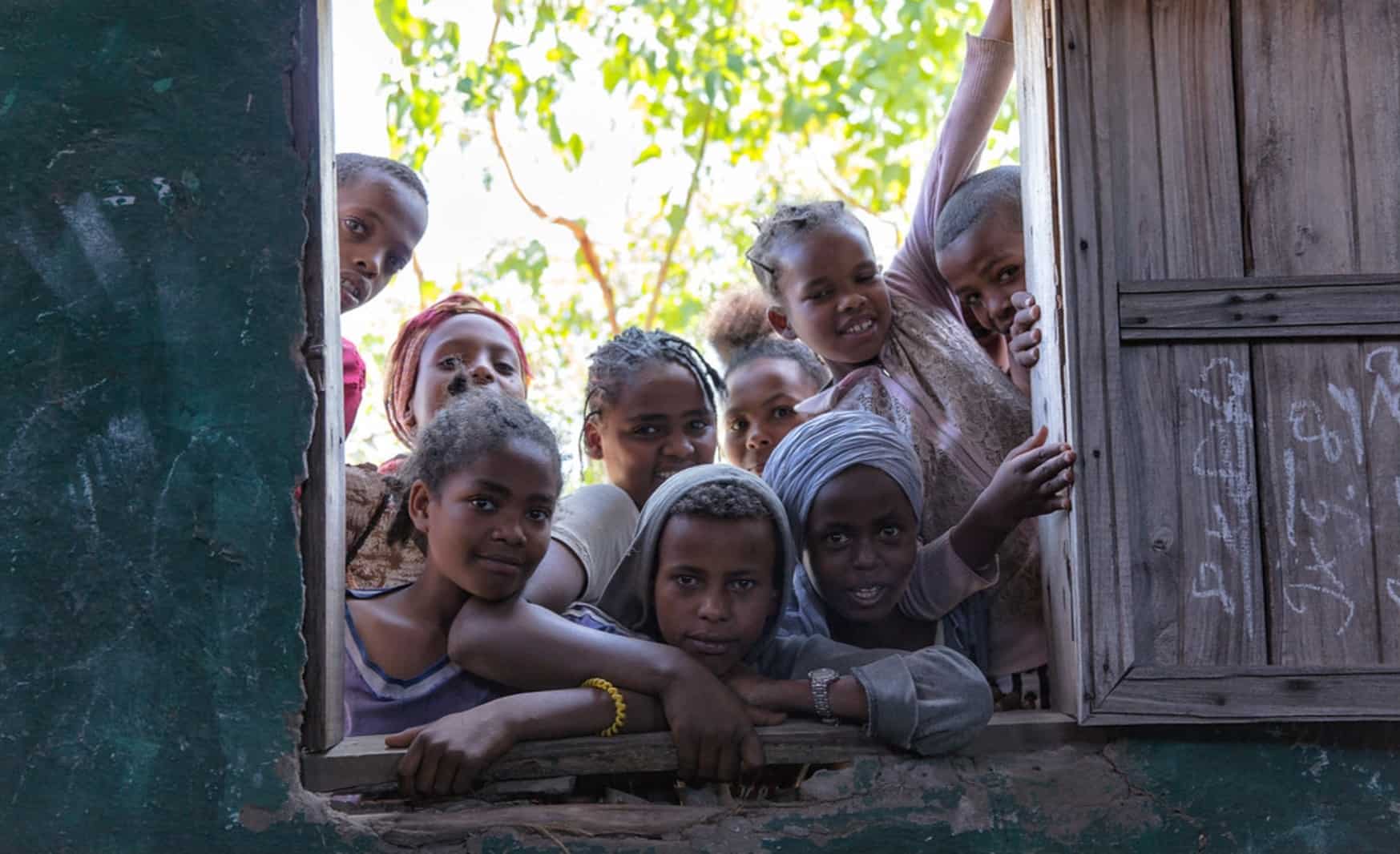
Related SDG resources
At the halfway mark towards the 2030 Sustainable Development Goals, our 2023 report shows that two-thirds of child-related indicators are off-pace to meet their targets. Explore the publication for a comprehensive overview of SDGs progress.
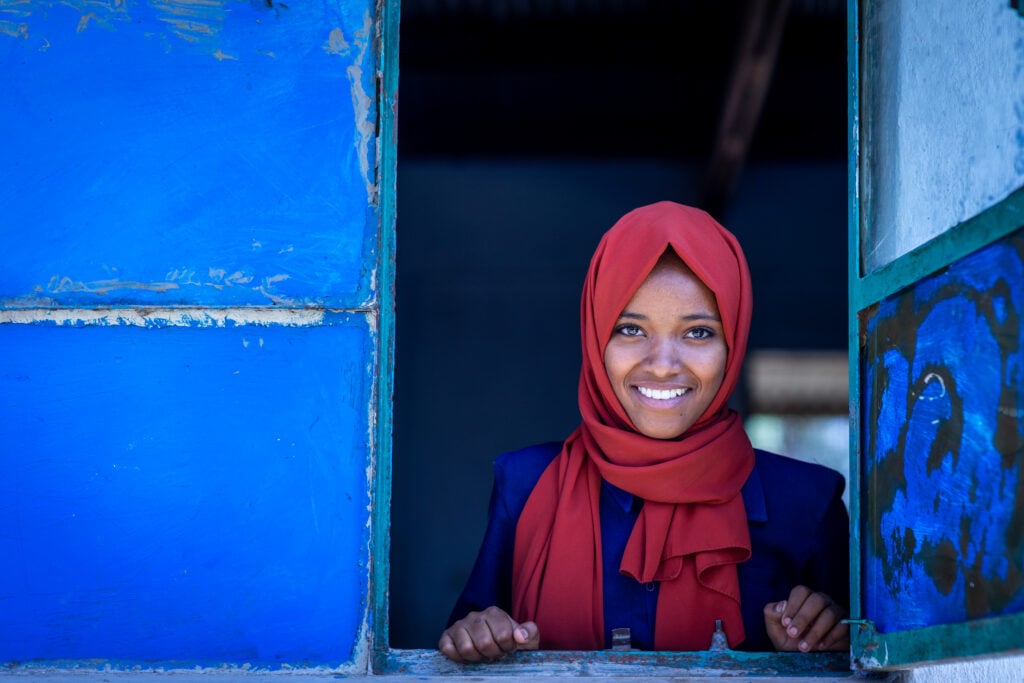
This report provides an updated global overview of detailed progress on the implementation of the 2030 Agenda for Sustainable Development, using the latest available data and estimates in 2022.

The Division for Sustainable Development Goals at the UN Department of Economic and Social Affairs acts as the Secretariat for the SDGs, providing key support and capacity-building for the goals and their thematic issues, including water, energy, climate, and more.
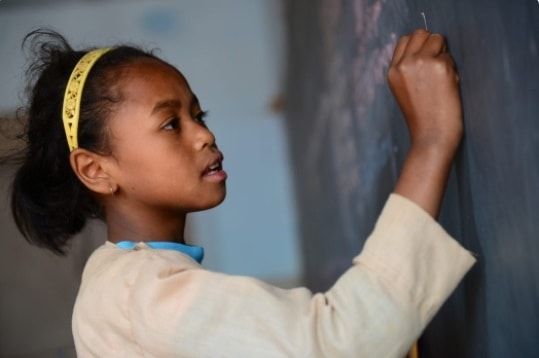
UNICEF is the custodian or co-custodian of 19 global SDG indicators. In this role, UNICEF works with governments, partners, policymakers and other UN agencies to help countries ensure the goals deliver results for and with every child – now and for generations to come.
